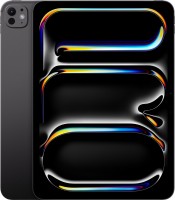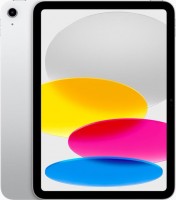Tablets Apple series iPad Air
Apple iPad Air
After the success of the classic iPad, Apple decided to forge iron at the box office, and in 2013 presented the debut iPad Air to the public under the slogan "We have a lot to tell." People liked the idea of thinness and weightlessness, so the Air line quickly caught up with the regular iPad in popularity.
In addition, for the time being, both series used plus or minus the same hardware base, and the functionality of the Air was not so far behind. Since then, the Air line has followed a clear concept, but in 2020, the Air 4 came out and messed up the cards.
 |
By reducing the bezels and removing the Home button from the front, the updated generation of tablets is more reminiscent of the 11-inch iPad Pro released in 2018. At the same time, it uses the most advanced chip, the case allows you to attach a proprietary keyboard, and the display can work with a stylus. That is, it is no longer so much a classic Air as an iPad Pro S or iPad Air Max, as it was called in the press.
Yes, and the secondary functions of the iPad Air tablets do not give much cause for sadness that there was not enough money for the “bug”. 2020 and later Air series tablets are able to adapt the colour temperature of the display to ambient light, are equipped with modern USB-C ports, stereo speakers, Wi-Fi 6 receiver and a camera with 4K video recording.



